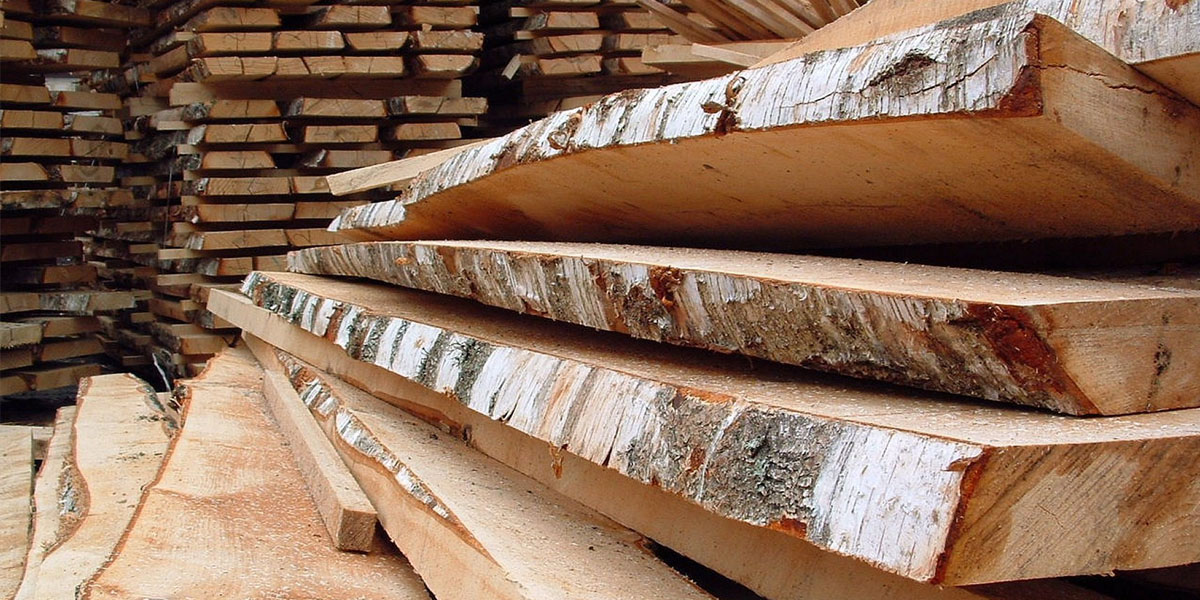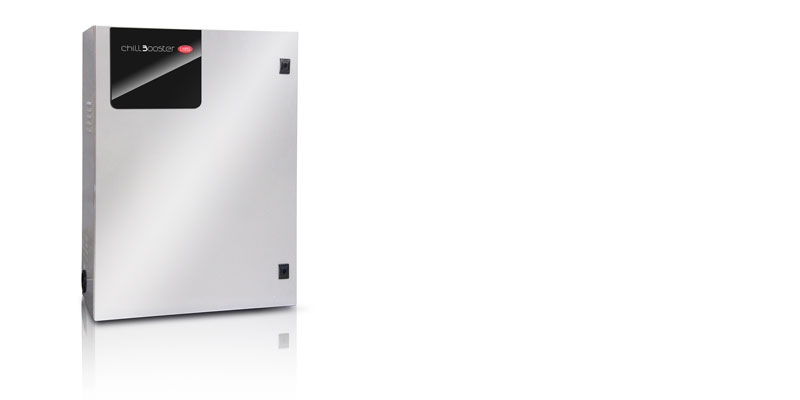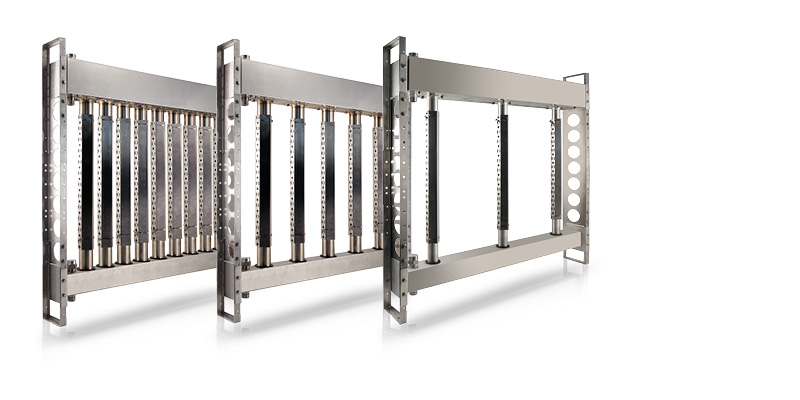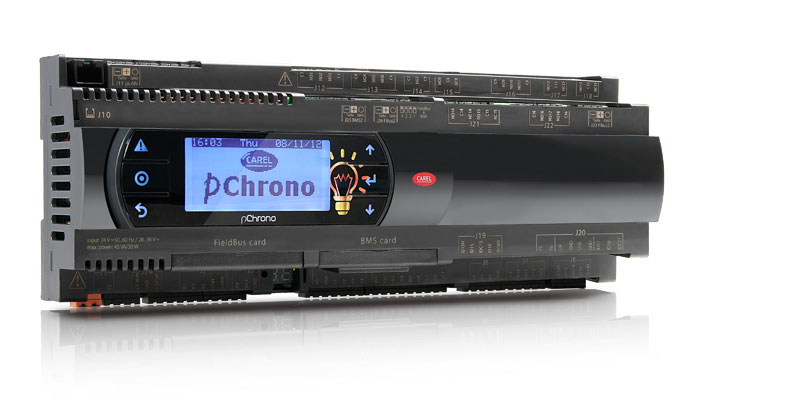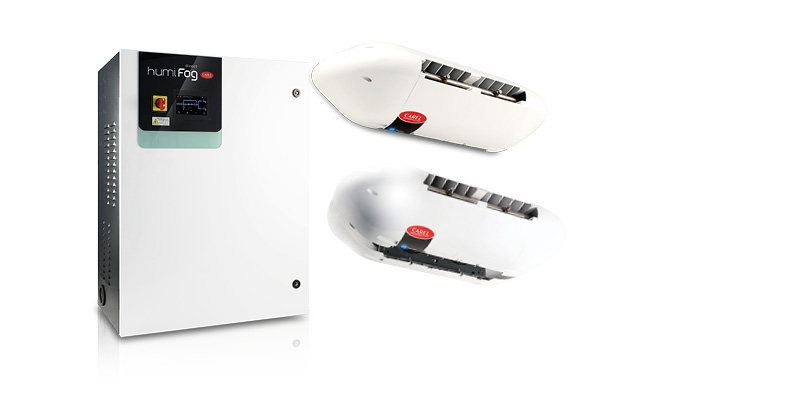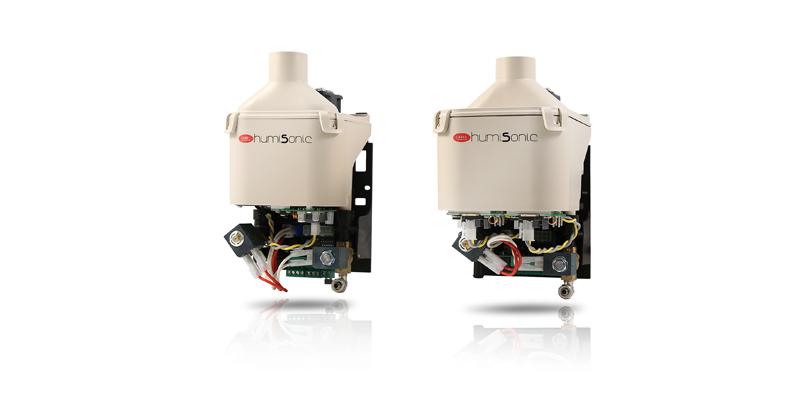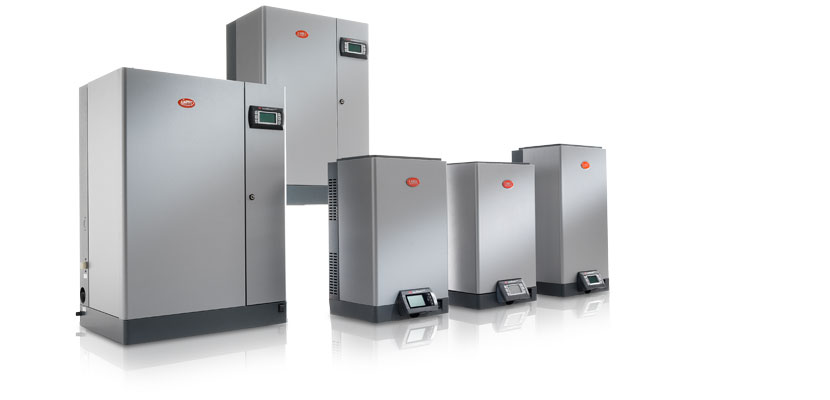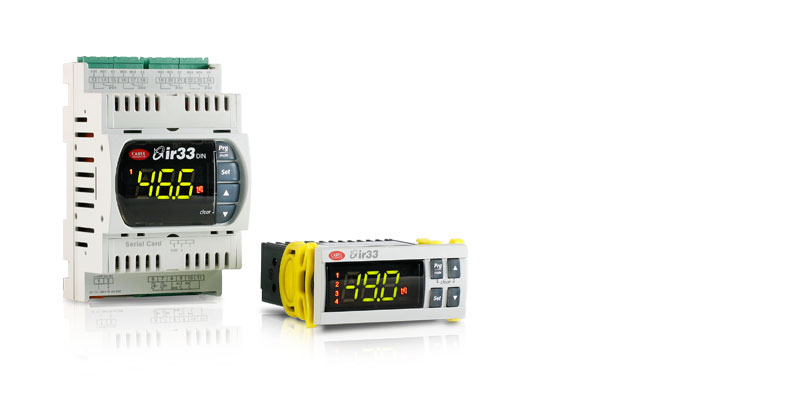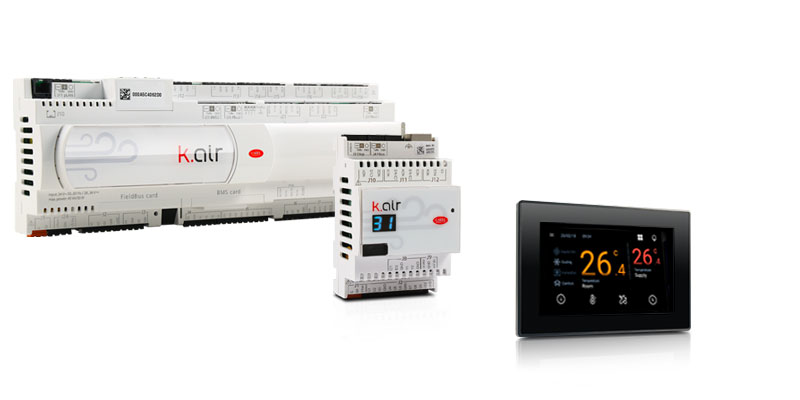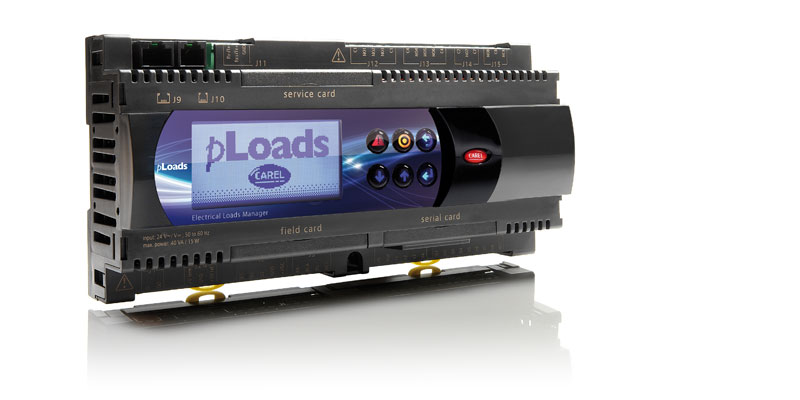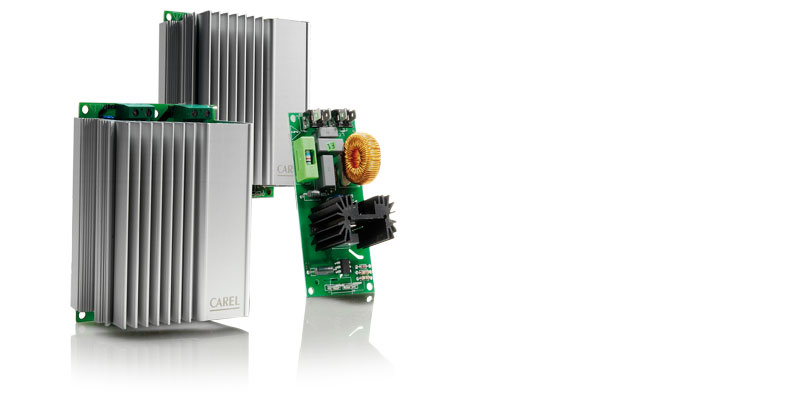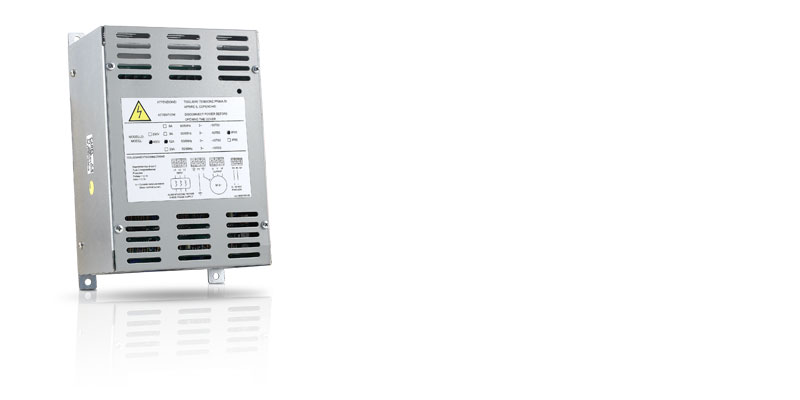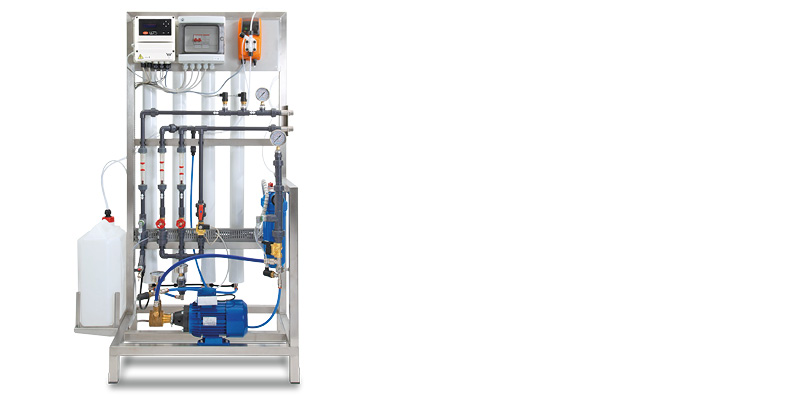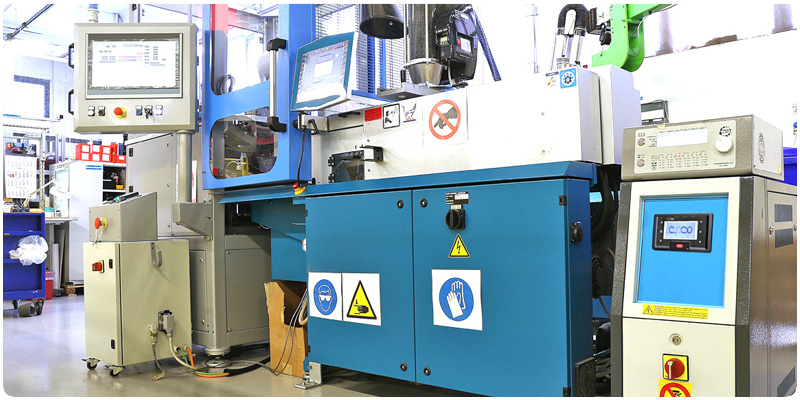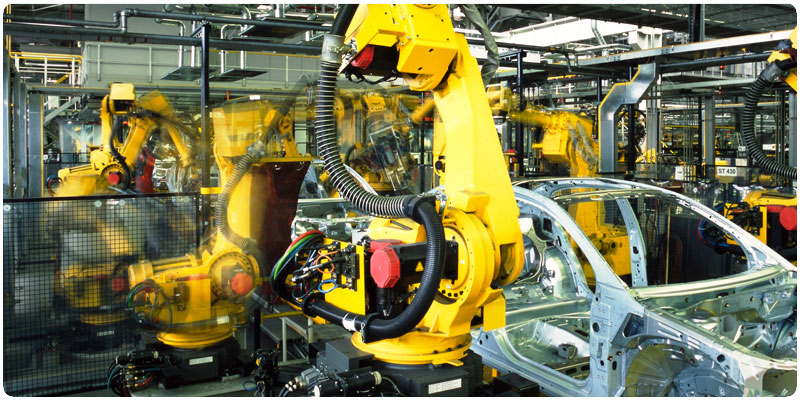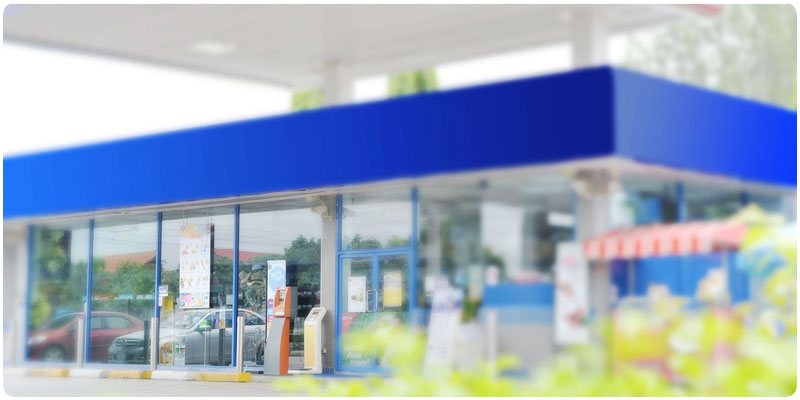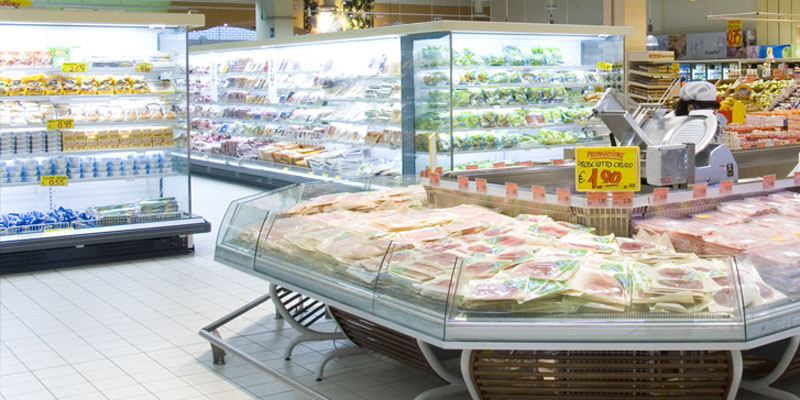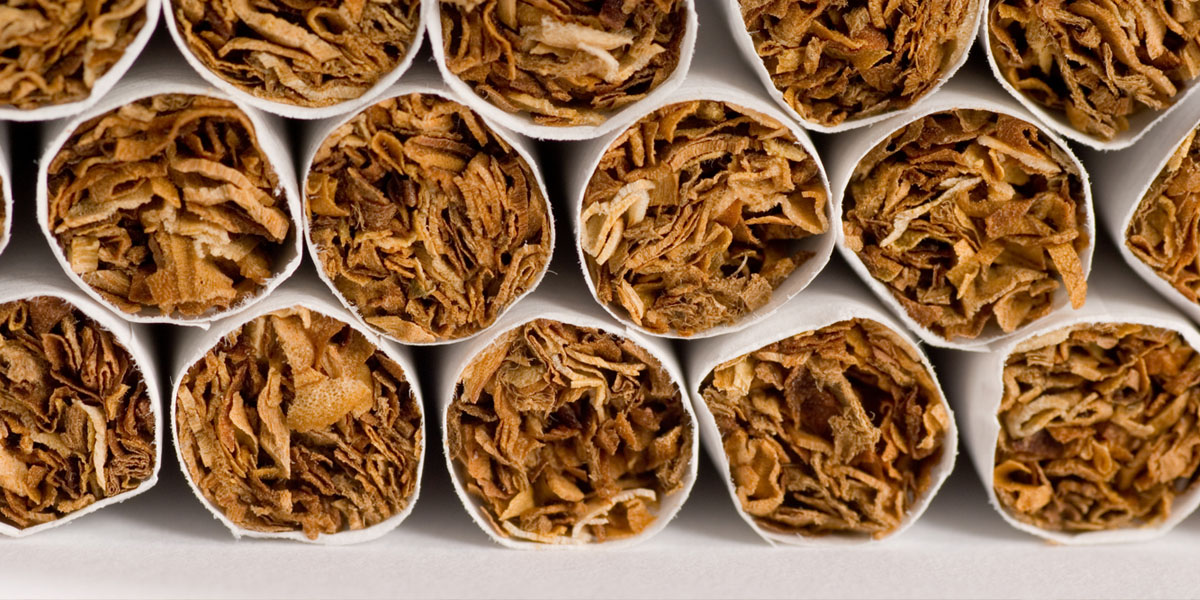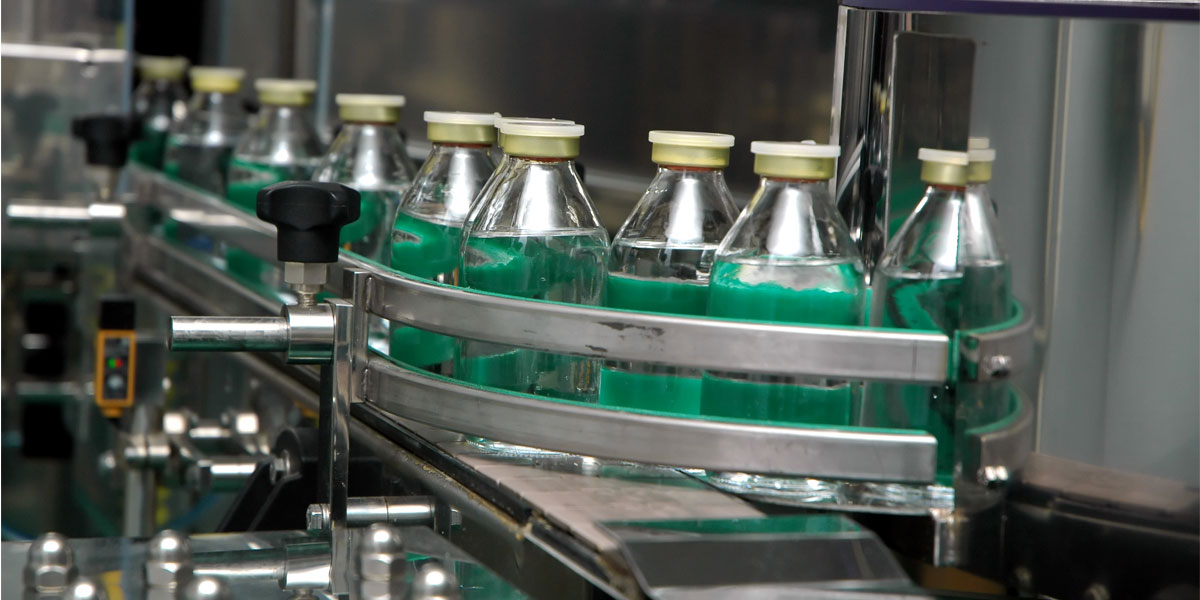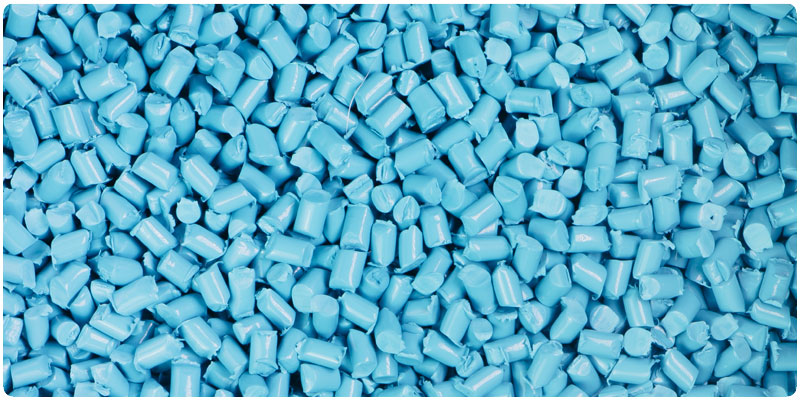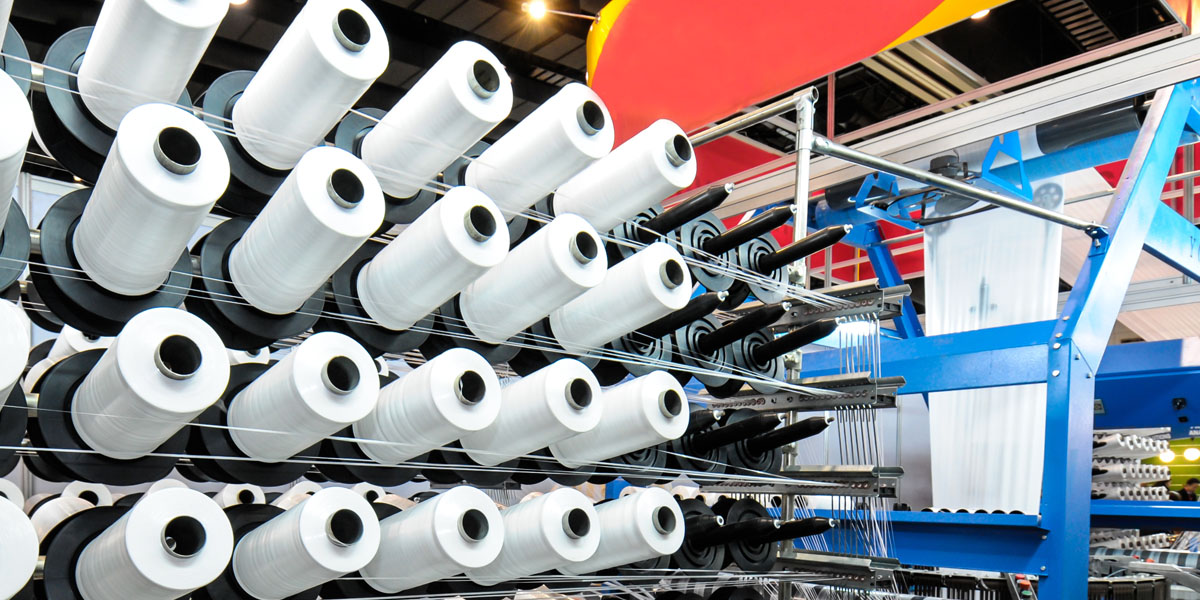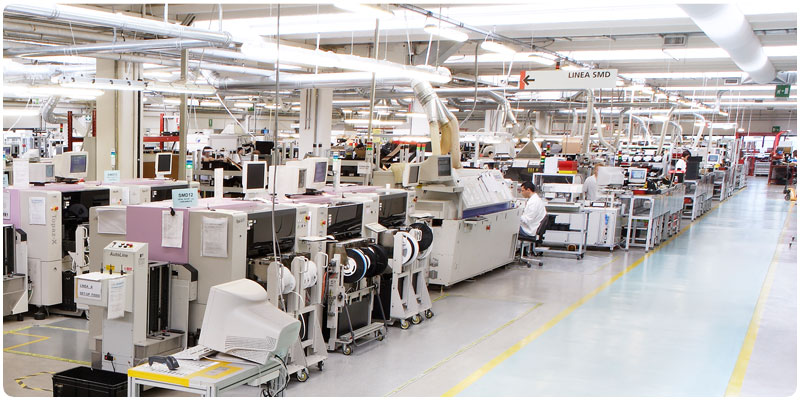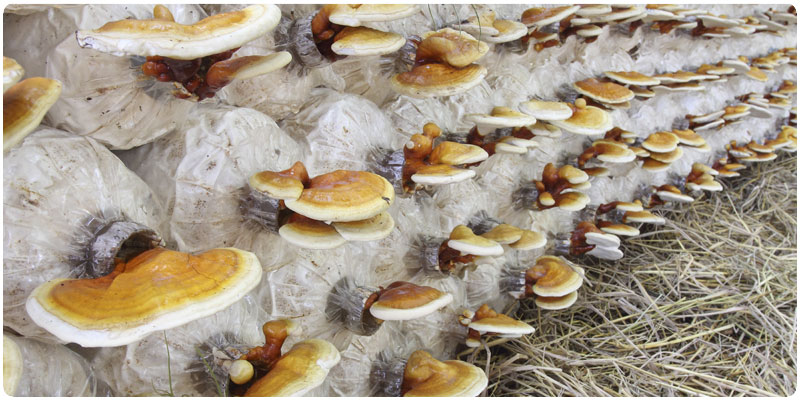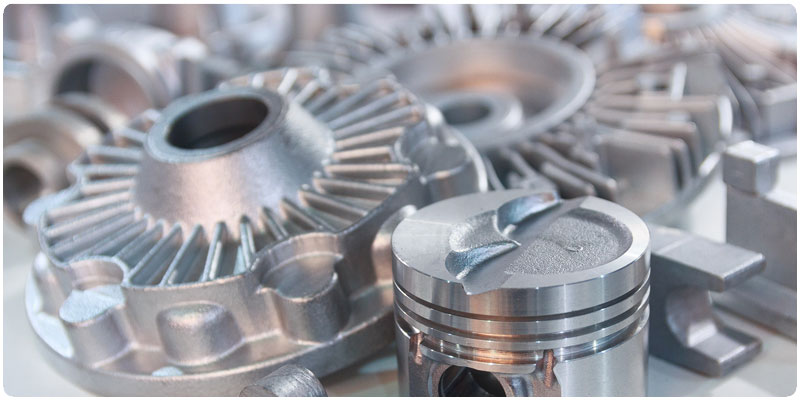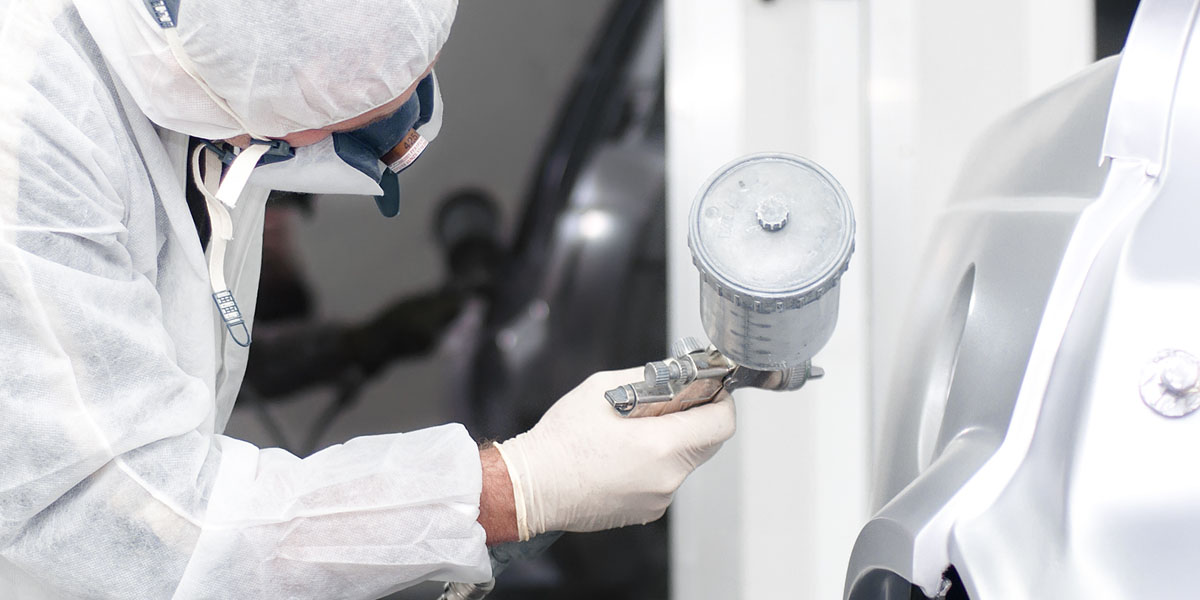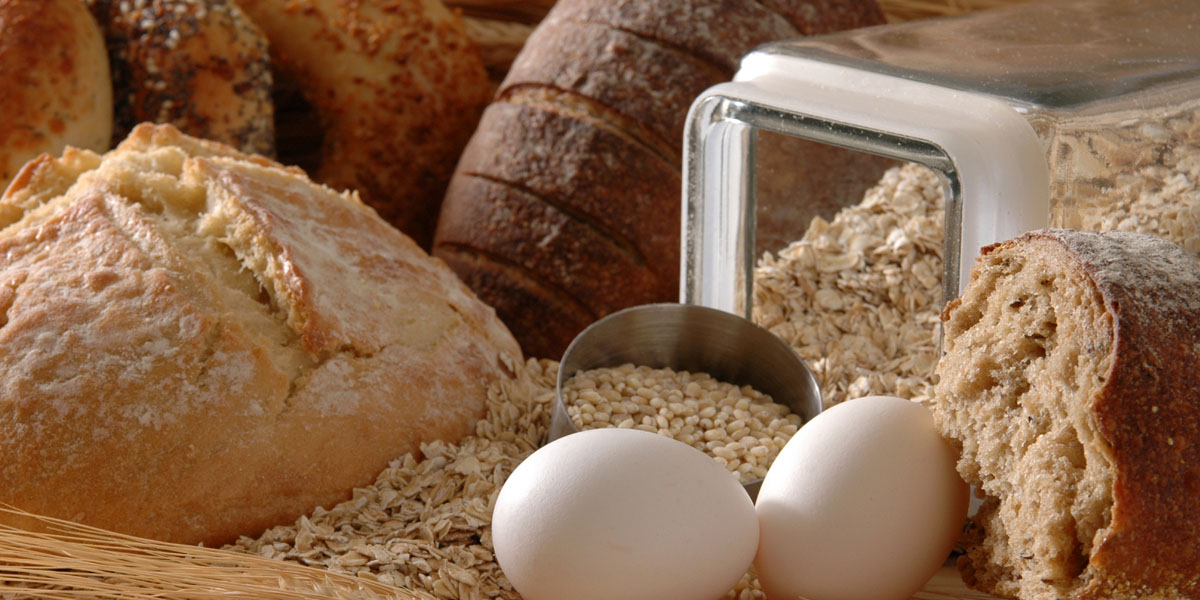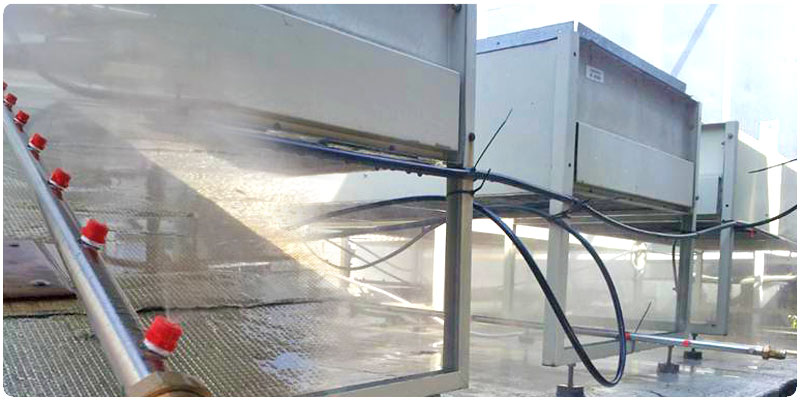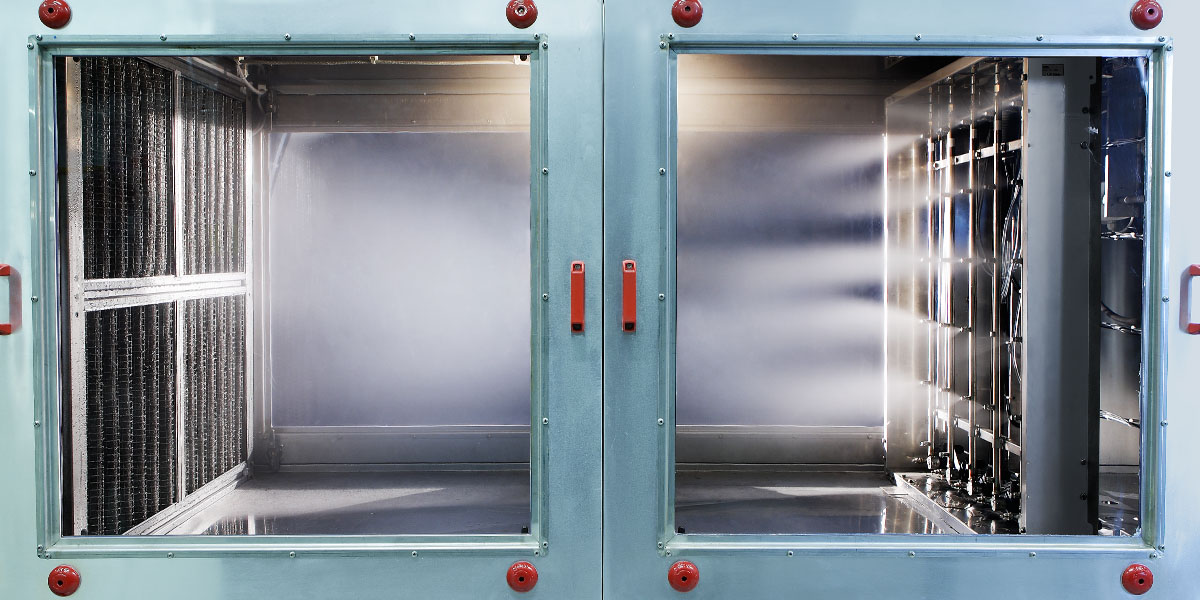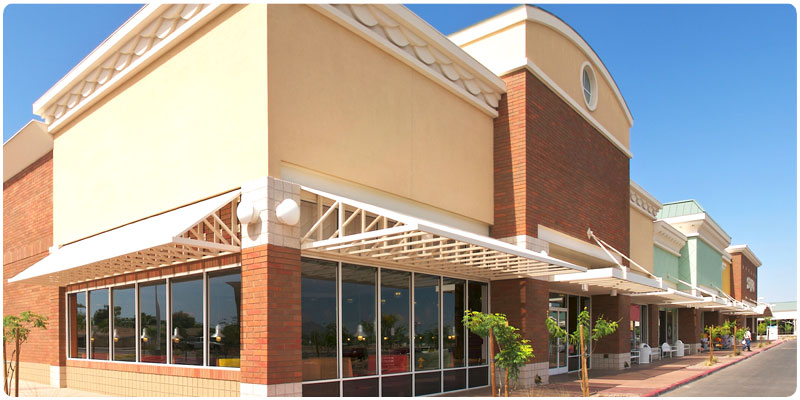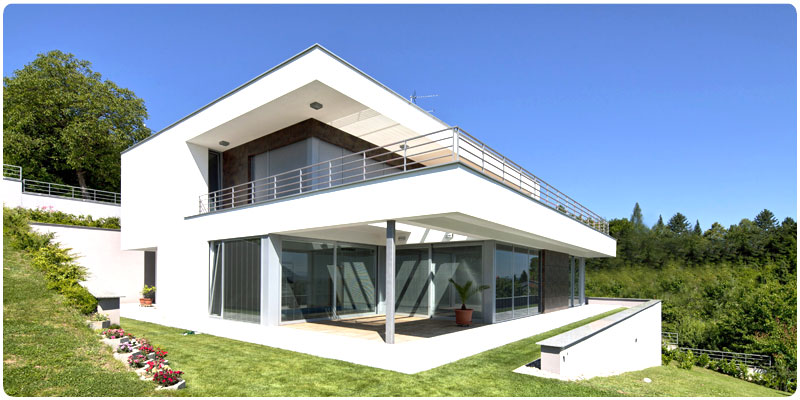Wood industry
-
Caractéristiques générales
Hygroscopic materials like wood are extremely sensitive to ambient humidity: in fact, they tend to absorb and release moisture depending on the relative humidity level of the surrounding air. A change in wood’s moisture content results in a change in the size of its fibers, a phenomenon which can lead to warping and the formation of cracks.
From cutting, when the water content is higher, to the drying processes and the production of final goods such as furniture or fixtures, wood moisture levels can fluctuate significantly depending on the environmental conditions it is exposed to in its attempt to reach equilibrium.
Wood drying is an extremely important phase that reduces the water content of wood, greatly simplifying its transportation and handling, stabilising its characteristics over time, and enhancing its final quality. Drying is a highly energy-intensive process involving high-temperature airflows; however, it can be made more efficient using heat recovery and thermally-insulated dampers, significantly reducing the energy consumption of drying kilns and belt dryers. Furthermore, drying processes can benefit from the use of high-efficiency heat pump technologies like BLDC compressors, DC inverters, electronic expansion valves and sensors.
To ensure the best workability of wood during all phases of the process, the optimal moisture content (MC) should be between 9% and 11%, which corresponds to an ambient relative humidity (RH), also called equilibrium moisture content (EMC), of around 60%. Failure to comply with these requirements, in particular low levels of humidity, can compromise both the appearance of the wood, which becomes grainy and dull, and may lead to deformations, cracks in the boards, corner seals opening, up to detachment of the veneer or wood laminates that cover the furniture not made of solid wood, as the wood absorbs the solvent from the glue before polymerization can occur.
For manufacturing processes where the machines generate high amounts of heat, adiabatic humidifiers are an ideal solution, since they humidify and cool the air at the same time. In fact, these systems atomize the water into millions of tiny droplets which evaporate spontaneously absorbing the heat from the air, which consequently cools. Even the dispersion of dust into the air can be reduced with direct in-room humidity distribution, improving the quality of the processing and reducing maintenance stops.
With over 50 years of experience in the field, CAREL group offers a wide range of adiabatic and steam humidifiers, heat exchangers, dampers, and high efficiency components that enhance the competitiveness of the wood industry and environmental sustainability.
-
Plus
- Ensure the best product quality, in terms of appearance and functionality;
- Ensure greater reliability of the production process;
- Reduce the amount of dust in the air, optimizing the quality of the environment;
- Breaking down the heat generated by the machines with adiabatic systems.
Documentation
-
Brochure
* Entries are ordered by date
Code Description Langue Date * Version +3000271EN Wood industry - Highly-efficient solutions for eco-sustainable drying and processing ENG 07/05/2025 1.0 -
Other related documentation
* Entries are ordered by date
Code Description Langue Date * Version +3000193EN Direct humidification: Advanced solutions for industrial and commercial environments ENG 29/05/2025 1.2


